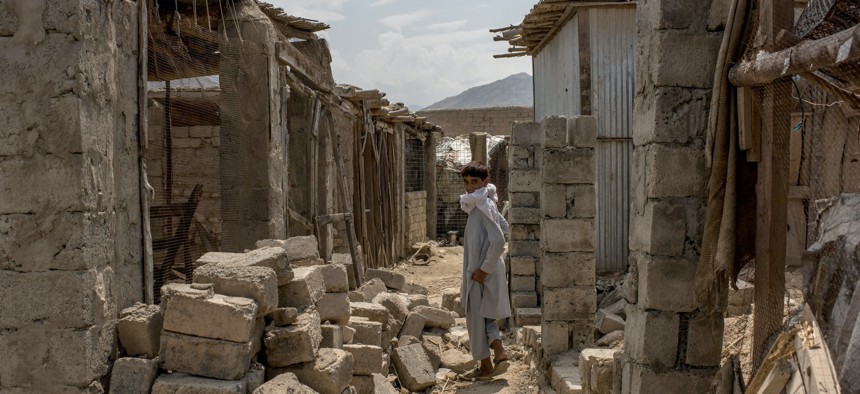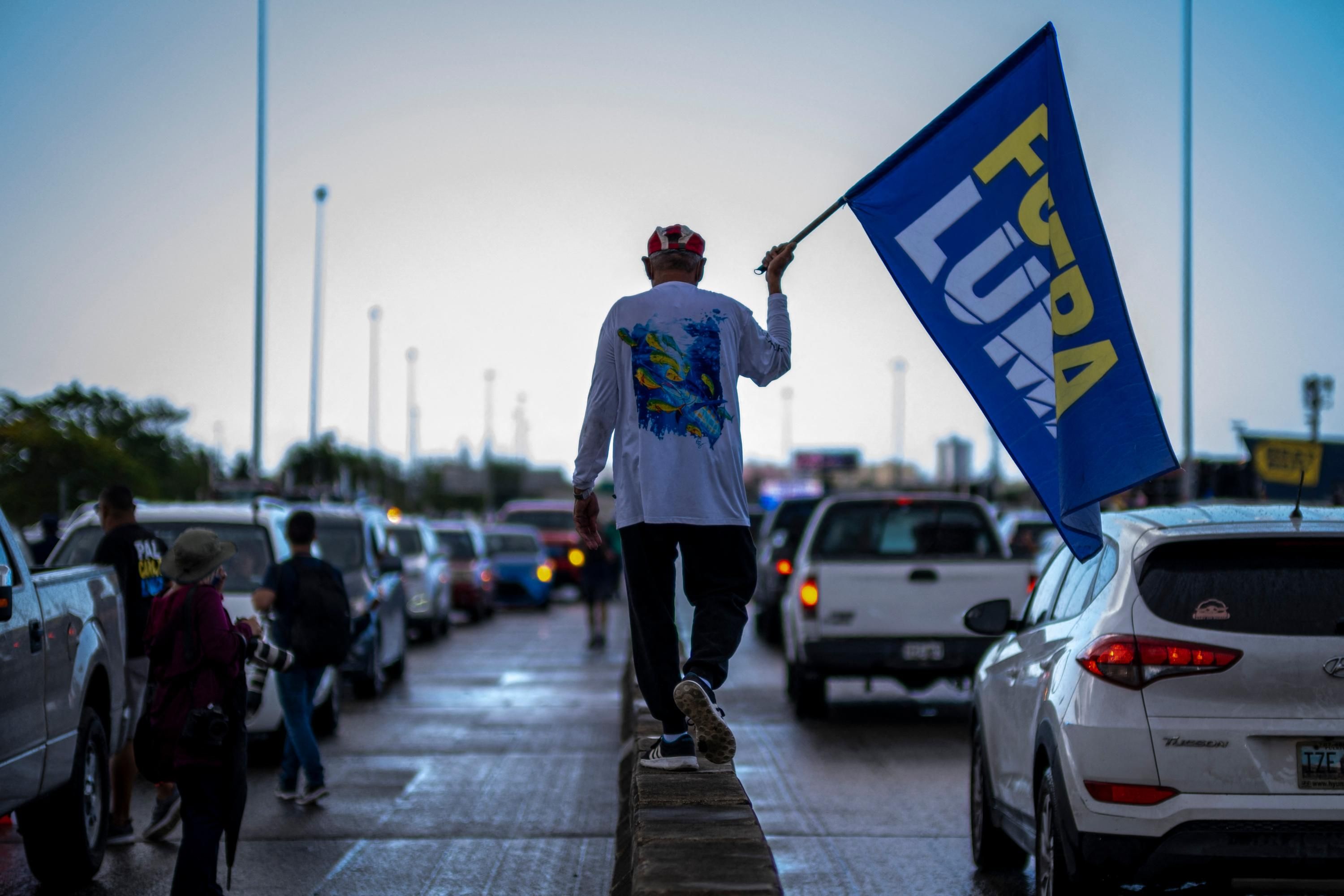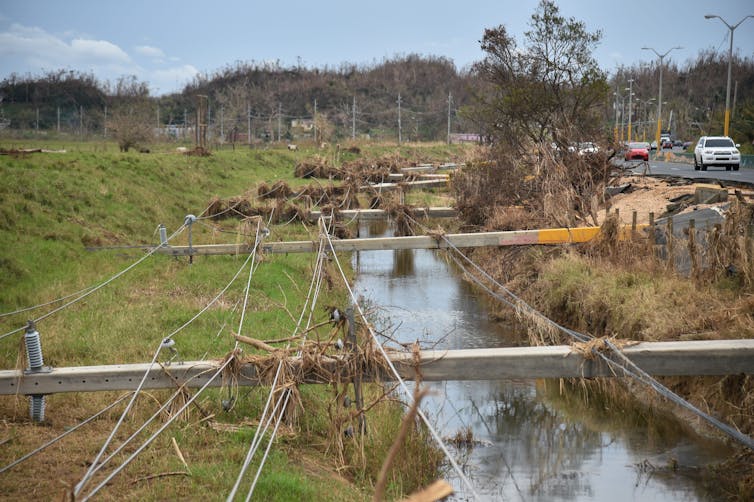
Australia cricket captain Meg Lanning painted a pay rise for women as vindication William WEST AFP
Issued on: 13/10/2021 -
Sydney (AFP)
Australia's women cricketers will get a pay rise this year, administrators said, while admitting that wages will still fall well short of the men's game.
Retainers for Big Bash League players will increase about 14 percent, Cricket Australia said, and players in the domestic cricket league will see a 22 percent rise.
Australia captain Meg Lanning said it was vindication.
"When you properly invest in female sport the results follow and everyone benefits -– the game, the fans and the players," she said.
Cricket Australia CEO Nick Hockley said the increase was a step forward.
But he admitted that "there's still a gap, there's still a really big gap, as compared to their male counterparts".
In total, the new package is worth Aus$1.2 million (US$880,000).
The average retainer for men playing all formats is said to be about $200,000 per person not including salary.
"We want to keep striving to make it a really attractive and credible full-time professional career for our up-and-coming female cricketers," Hockley said.
The dispute about equal pay has come into focus in several sports.
But it has become a high-profile and bitter dispute in United States soccer, where the women's game is extremely popular.
The United States Soccer Federation last month said it had offered "identical" contracts to its men's and women's national teams as part of efforts to end the dispute.
Tennis Grand Slams are among the sports that now offer equal prize money for men and women.
© 2021 AFP









/cloudfront-ap-southeast-2.images.arcpublishing.com/nzme/JSGDJCQFKF3UE4TPUJWRIBXIKA.jpg)
/cloudfront-ap-southeast-2.images.arcpublishing.com/nzme/XRKCTUBMNVKIL2FH6EGJRHG6FM.jpg)
/cloudfront-ap-southeast-2.images.arcpublishing.com/nzme/723WURFU4SKEQOI7EWJJ4BUR44.jpg)
/cloudfront-ap-southeast-2.images.arcpublishing.com/nzme/EFL2NTUTW7LCQPTSRCOLMVUQFY.jpg)







